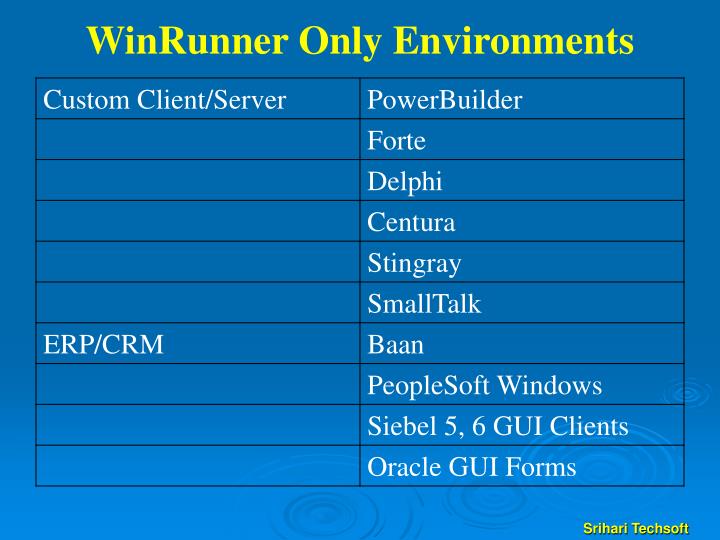

There is a considerable learning curve for subject matter experts and test engineers.Long-term ROI on Selenium-based automation is highly dependent on the technical and programming skillset of the team members. Programmer’s Paradise!ĭespite the phenomenal success of Selenium in bringing the required agility into test automation, it has posed significant accessibility challenges to the mainstream testing community. Selenium’s extensibility, support for a broad range of browsers, and vibrant open source community have paved the way for newer process innovations such as BDD, to be realized in the testing domain. This has allowed test automation to be injected into the CI/CD pipeline, seamlessly. A developer can start writing functional automation test scripts in the language they may be comfortable with – such as Java, C#, Python, Ruby, etc. With full-fledged support for mainstream programming languages, Selenium is quickly adapted by agile delivery teams. It has more recently, solidified its position as the market leader in test automation. Last few years, Selenium Web Driver, an open-source API framework for browser interaction, has been gaining popularity. These old-school tools are fast losing their fan base across QA organizations. They were unable to handle the demands for delivery agility or the complexity of UI interaction.

But as the SDLC processes and application development technologies evolved, these “boxed” approaches proved to be inadequate. Appropriate for that timeframe, these tools were designed to fit into QA environments, offering simplified solutions with low technical barriers. Mercury Interactive (hence acquired by HP) was a pioneer in the field with their flagship products such as WinRunner, QTP, UFT, etc. During this cycle, multiple commercial tools and vendors have been instrumental in supporting the QA organization’s move towards automated testing.

For the last 2 decades, Software quality assurance has been making sustained but slow progress from manual testing towards automated testing.


 0 kommentar(er)
0 kommentar(er)
